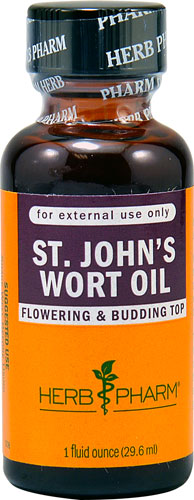Show me someone who doesn't respond to sound—music, mantras, thunderous booms—and I'll give you a billion bucks. Everyone responds, even the hard of hearing, because sound involves vibration.
Sound can harm (more on that below). But it also can heal,
studies show.

What is sound therapy?
Sound therapy uses gongs, drums, flutes, the human voice, singing bowls, tuning forks, digitally produced tones and more, in order to aid mind and body.
“These modalities are based on the understanding that everything in the universe is vibrating at its own unique natural frequency, and that illness ensues when that vibratory frequency becomes imbalanced through exposure to things such as toxins, harmful electromagnetic fields and stress,” says Lily Whitehawk, a wellness coach and longtime sound therapist based in North Carolina, who created the sound-healing technology
HUSO and co-founded a company of the same name. “HUSO” comes from the first two letters of both “HUman” and “SOund.”
“By exposing someone who is out of balance to a specific sound frequency designed to realign their energy field through the scientific properties of resonance and entrainment, well-being of body, mind and spirit can be restored, and deep true healing can happen,” Whitehawk says.
Might seem woo-woo, but she's drawing on
thousands of years of history.
“Sound literally has the power to reshape us at the cellular level, and traditional indigenous cultures have always known this,” Whitehawk says. “I spent decades interacting with indigenous cultures, actively participating in ceremony and experiencing the transformative power of this ancient tradition of using sound to heal.”
Intrigued? Here are three takeaways on sound therapy:
Sound, on it own, isn't inherently good or bad.
“The wrong sounds at the wrong frequencies have the potential to throw someone into a state of imbalance and severe distress,” Whitehawk notes. No doubt, hearing certain types of music (think metal) have put you on edge, and loud thunderous claps have sent your heart racing.
Conversely, particular sounds and specific musical pacing can soothe. Think
binaural beats, which researchers continue to
study.
Sound therapy has some limitations.
Sound therapy is “safe for the majority of people when administered intentionally by a knowledgeable practitioner who familiarizes themself with the particular challenge being presented by the client,” Whitehawk says.
But some circumstances call for pause.
“Generally speaking, people in their third trimester of pregnancy, those with certain seizure disorders or those suffering from severe PTSD or panic disorder should check with their wellness provider before utilizing sound healing modalities that entail direct application of the sound to the skin, such as using tuning forks on acupuncture points,” Whitehawk notes.
Specific sounds can help you sleep.
“Sound is one of the most powerful non-invasive, non-pharmaceutical tools we have to help us not only fall asleep but improve the quality and duration of our
sleep,” Whitehawk says. “The appropriate sound frequencies can move the body from a sympathetic pedal-to-the-metal mode to a deeply relaxed and restful parasympathetic state in as little as 20 or 30 minutes.”
To this, I can attest. Try the nonprofit
Monroe Institute's audio, which I've used for more than a decade.
HUSO's approach includes sleep-focused segments created from human vocal sounds. Its system connects to the body through audio and via pads placed on acupuncture meridians. Whitehawk and two other sound healers each individually recorded studio tracks, which include toning and chanting, similar to sessions they have one-on-one with clients. A sound engineer then broke the tracks down into separate frequencies and added harmonics and altered wave forms, until specific oscillations were achieved, according to Whitehawk.
“The body’s relaxation response is activated profoundly by repetitive soothing, rhythmic sacred chants,” she says, noting that classical music has a similar, though lesser, effect. “Some of the most effective 'compositions' at achieving this effortless drift into slumber utilize wordless vocal sounds.”
Mitra Malek is a news journalist and former Yoga Journal editor.




